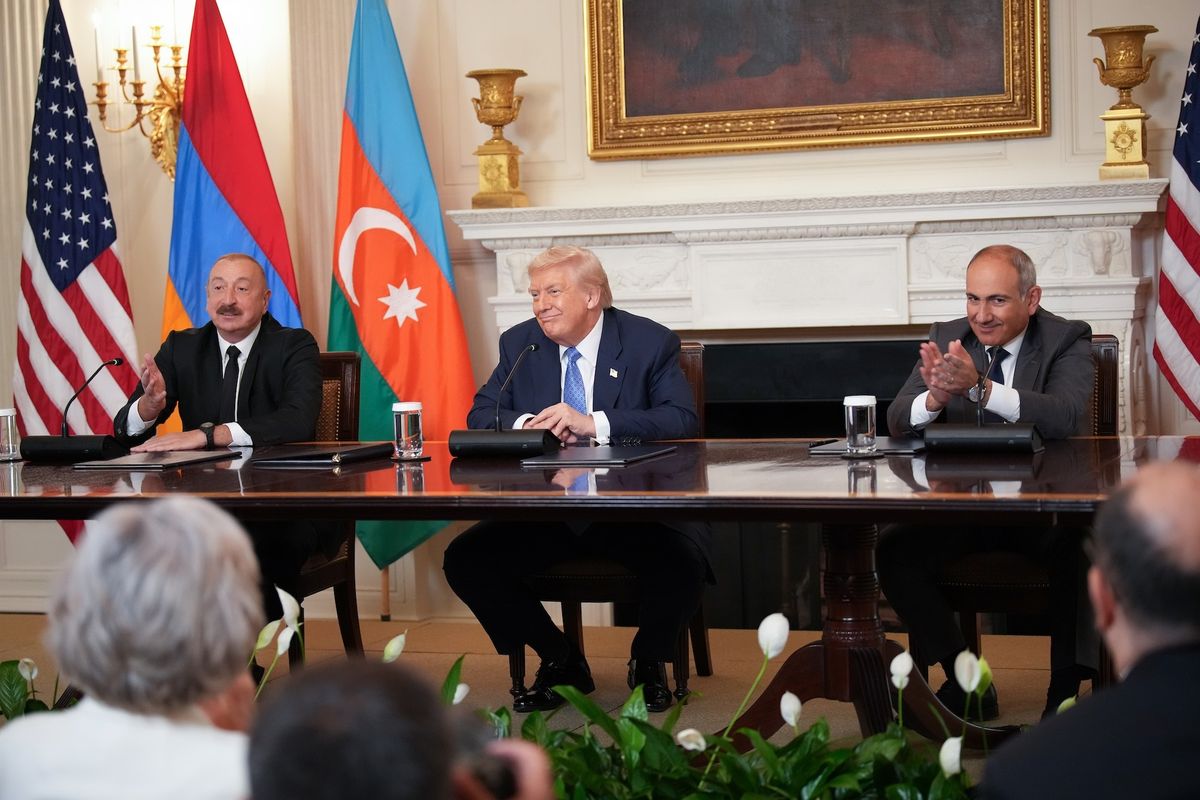Russia has historically used its dominance in the energy sector to influence Central and Eastern European governments. But since the Russia-Ukraine gas dispute in 2009, when Russia cut supplies to all of southeastern Europe, the region has been pouring resources into creating energy independence. In addition, the Paris Agreement on climate change (which entered into force this year) and the EU’s Energy Union (launched last year) provide impetus for countries to use more renewables in their energy mixes, reducing the need for Russian oil and gas.
New gas pipeline infrastructure and efforts to procure liquefied natural gas (LNG) from non-Russian suppliers are helping Central and Eastern Europe to diversify supply. Hungary, for example, has built interconnecting pipelines between countries in the region, including one that links to Slovakia and Western Europe. An interconnector in Austria allows Hungary to access Vienna’s major natural gas hub, Baumgarten.
Infrastructure improvements mean that pipelines are now able to transport gas from west to east, and not just from east – that is, Russia – to west. After the 2009 gas crisis, the so-called Brotherhood pipeline was equipped with “reverse flow,” enabling gas to flow from the Czech Republic to Slovakia. In 2014, Poland opened a reverse flow link on the Yamal pipeline that allows it to import gas from Germany. Many in the region envisage a North-South Gas Corridor with bi-directional interconnectors and domestic pipelines.
Last year, Poland opened its first terminal for importing LNG in Świnoujście. Lithuania also has a new LNG terminal in Klaipėda that is ready for imports. Just last month, ambassadors from several Central and Eastern European countries – including the Visegrad Group of Poland, Hungary, Slovakia, and the Czech Republic – signed a letter to U.S. Senate Majority Leader Mitch McConnell calling on Congress to accelerate the process of issuing LNG export licenses to European countries, in an effort to “ensure the long-term energy security in Europe.”
An increase in renewable energies also aids energy security by reducing dependence on Russian oil and gas. A briefing from the Institute for European Environmental Policy (IEEP) in November 2014 reported most Central and Eastern European states were “on track to achieve their 2020 renewable energy target, with the exception of the Czech Republic, Latvia and Poland.” Yet solar energy plays an increasingly important role in the Czech Republic, and Latvia maintains a relatively high share of renewable energy in its final energy consumption.
Poland’s reliance on coal, while not helpful to the environment, is useful in gaining independence from Russian energy imports. David Koranyi, Director of the Atlantic Council’s Eurasian Energy Futures Initiative, tells The Cipher Brief that the Russian influence is “probably the least in Poland” compared to the other Visegrad countries, due to the predominance of coal in the Polish energy mix.
Still, Russia maintains some energy leverage in Central and Eastern Europe. “Russian influence in the nuclear sector is considerable,” Balázs Jarábik tells The Cipher Brief. Jarábik, who is a nonresident scholar in the Russia and Eurasia Program at the Carnegie Endowment for International Peace, explains that Russian firms are involved in building two new units at the Mochovce nuclear power plant in Slovakia, Hungary is receiving Russian financing to construct a new unit at the Paks plant, and Rosatom – Russia’s state-owned nuclear energy company – took part in the tender for the construction of the Temelin plant in the Czech Republic.
Long-term gas agreements with Russia’s state-owned Gazprom also pose a problem to total energy independence. However, “Gas is no longer leverage like it used to be,” says Jarábik. “Gazprom has been forced to adapt to the global gas market reality […] The spot market price, rather than the long-term contract price that Russia prefers, has become the benchmark.”
Another possible obstruction to energy independence emerges from Central and Eastern European political leaders. Several appear to strongly support Russia. Hungarian Prime Minister Viktor Orban, Slovak Prime Minister Robert Fico, and Czech President Milos Zeman have all made controversial statements to this extent. It is difficult to decipher whether this is mere rhetoric or could signal a change in energy relations, and potentially political influence, in the future.
Koranyi, who previously was the chief foreign policy and national security advisor to Hungarian Prime Minister Gordon Bajnai, comments, “The fact that these countries are NATO allies and are supposed to have the ability and freedom to act in the interest of the alliance means the kind of influence Russia has over some of these countries, via their dependence on Russian energy, is not healthy.”
Yet new gas infrastructure and efforts to decrease reliance on natural gas and oil overall certainly mean Central and Eastern Europe have more energy independence now than before the 2009 Ukrainian gas crisis. It is in America’s interest that this trend continues.
Kaitlin Lavinder is an international producer at The Cipher Brief. Follow her on Twitter @KaitLavinder.











